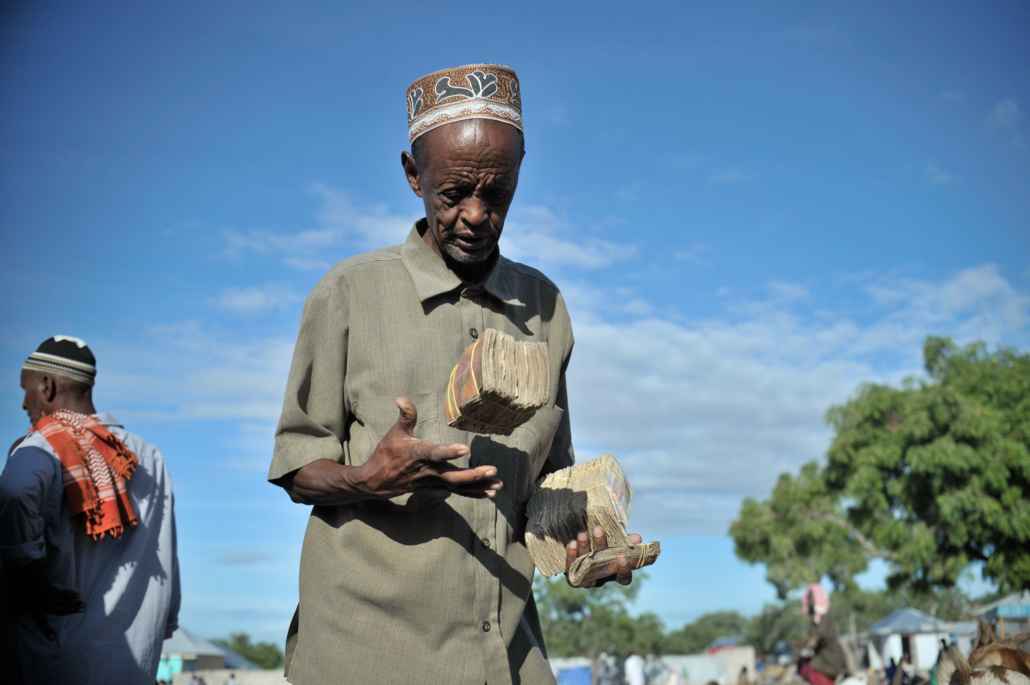Tackling Elderly Poverty in Somalia

Since the collapse of Somalia’s central government in 1991, the country has faced decades of civil war and lawlessness. Political instability and ongoing conflict have driven widespread poverty, leaving Somalia as one of the world’s poorest nations. Regarding this, 69% of the population lives below the poverty line, earning less than $2.15 a day. Estimates indicate that the poverty rate among the vulnerable and the elderly ranges between 70% and 80%. As the country’s infrastructure deteriorated, so did its ability to provide services to its vulnerable demographic. Elders, who once held revered position in Somali society, now largely depend on their families for survival. However, widespread poverty among younger generations has weakened these traditional support systems. Instead, international organizations are implementing systems to tackle elderly poverty in Somalia.
Conflict Issues
Years of armed conflict between government forces, militant groups like Al-Shabaab and clan-based factions have caused mass displacement across Somalia. As of 2024, there are more than 3 million internally displaced persons (IDPs) in Somalia. Many elderly individuals, who often lack the physical ability to flee quickly, experience relocation into overcrowded and poorly resourced IDP camps. In these camps, elders endure harsh living conditions with limited access to food, clean water and health care.
Moreover, elderly-headed households are often more susceptible to impacts of violence than households headed by younger people. In contrast, households in the top 20% of the consumption distribution manage to weather these crises better because they typically have savings or alternative income sources. This financial shield allows them to soften the economic shock from terrorist activities and maintain their consumption levels. Consequently, when violence occurs, poverty-stricken elderly individuals suffer more than those in Somalia’s wealthier communities.
Health Care Difficulties
Conflict has decimated Somalia’s already fragile health care system, leaving the population, including the elderly, without essential medical care. However, as the Somali government channels most of its resources into military and security operations, it underfunds and neglects health care facilities. As a result, Somalia faces an alarming doctor-to-patient ratio of 0.4 doctors per 10,000 people.
Environmental Challenges
Somalia has experienced recurring droughts over the past decade, and as of 2024, it grapples with its worst drought in 40 years. With five consecutive failed rainy seasons, Somalia’s agricultural sector has been severely damaged.
Exacerbated by the droughts, heavy rainfall has caused devastating floods in parts of the country. As a result, the World Food Programme (WFP) reports that these environmental disasters killed 4 million livestock and pushed 6.6 million Somalis to crisis levels of hunger. Farmers will take years to restore ruined farmlands and pastures, which puts Somalia in urgent need of humanitarian aid.
Fighting Elderly Poverty in Somalia
“Understanding the magnitude and importance of income shocks, such as drought or conflict, in causing and perpetuating poverty is critical to designing policies aimed at building reliance and contributing toward the goal of ending poverty,” says Utz Pape, lead economist in Poverty and Equity Global Practice at the World Bank Group (WBG). This underscores that to tackle elderly poverty in Somalia, policymakers must address the root causes of these crises by focusing on safety nets and enhancing health care infrastructure.
HelpAge, in partnership with Horn International Relief and Development Organization (HIRDO), are working to provide critical support. They are offering cash assistance to help elderly individuals purchase food and medicines, as many do not receive aid directly and struggle to afford treatment for health conditions. In addition to financial assistance, the initiative also includes referrals for medical care and mental health support to address the physical and psychological toll of poverty crises on older populations. These efforts are crucial as food prices soar and the elderly, who no not have pensions, face increasing hardships.
Additionally, the Somali Help-Age Association (SHAA) has introduced innovative policies and practices with strategies aligned with the Sustainable Development Goals (SDGs) to fight poverty and hunger among vulnerable communities in Somalia. Their efforts specifically target the most at-risk elderly individuals through relief, recovery and development programs. SHAA works to address immediate needs while advocating for basic social, economic and cultural rights of elderly people. As a result of their initiatives, SHAA has reduced hunger by providing food vouchers and cash relief to elderly and disabled individuals living in IDP camps and rural areas. This approach successfully met 60% of the elderly’s immediate needs, making a substantial impact on their survival and well-being.
Looking Ahead
By aligning emergency relief with long-term development, Somalia can make progress toward reducing elderly poverty and achieving broader eradication goals. These efforts not only respond to immediate challenges but also work to break the cycle of poverty that entraps vulnerable communities.
– Nour Mostafa
Nour is based in Gloucester, UK and focuses on Good News and Global Health for The Borgen Project.
Photo: Flickr
